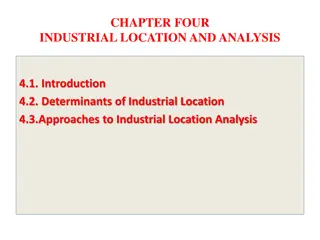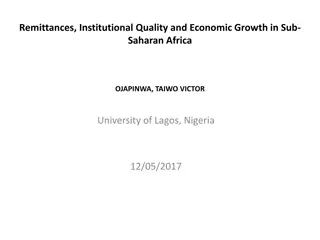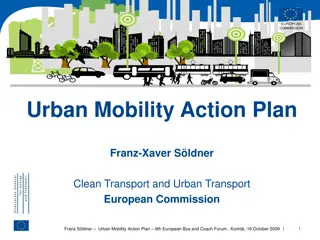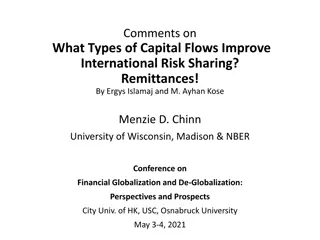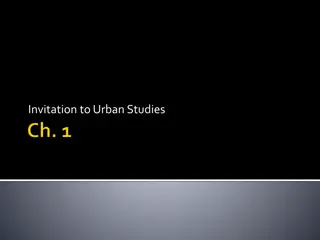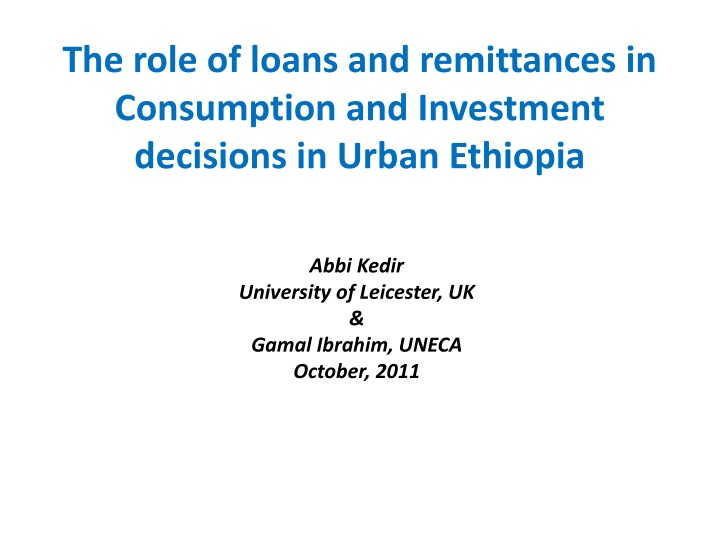
Impact of Loans and Remittances on Household Decisions in Urban Ethiopia
Explore the role of loans and remittances in consumption and investment decisions in Urban Ethiopia. Analyze if these financial factors lead to higher/lower household asset accumulation, food and non-food consumption, and likelihood of entrepreneurship. Gain insights on the macro and micro-level motivations and literature surrounding access to credit, remittances, and their effects on growth and welfare in the region.
Download Presentation

Please find below an Image/Link to download the presentation.
The content on the website is provided AS IS for your information and personal use only. It may not be sold, licensed, or shared on other websites without obtaining consent from the author. If you encounter any issues during the download, it is possible that the publisher has removed the file from their server.
You are allowed to download the files provided on this website for personal or commercial use, subject to the condition that they are used lawfully. All files are the property of their respective owners.
The content on the website is provided AS IS for your information and personal use only. It may not be sold, licensed, or shared on other websites without obtaining consent from the author.
E N D
Presentation Transcript
The role of loans and remittances in Consumption and Investment decisions in Urban Ethiopia Abbi Kedir University of Leicester, UK & Gamal Ibrahim, UNECA October, 2011
Outline of the talk Purpose Motivation Related literature Theory Data Methodolgy Results and discussion
Purpose Do remittances and loans lead to higher/lower household asset accumulation, food and non- food consumption? Do likelihood entrepreneurship? remittances and loans increase the or of self-employment
Motivation I Finance and growth (macro level link broken ) Informal financial transfers are fundamental anchors of welfare and employment Most micro level literature focuses on what determines access to credit and the motives for private transfers such remittances (Alvi and Dender, 2009). Often credit and remittances are studied separately (Christensen and Pan, 2010).
Motivation II There is a dearth of evidence on how access to credit and remittances investment and consumption decisions in SSA ( an attempt to trace the mechanism) Labour market one mechanism to link growth and poverty (Kedir et al 2011). Provide relevant policy recommendations affect household
Literature(only micro) I Alvi and Dender, 2009 : what factors significantly affect household loans and private transfers in Ethiopia. Liverpool and Winter-Nelson relationship b/n participation in microfinance programs and the use of technologies or consumption growth households (Ethiopia). For other households, microfinance has positive effects on both consumption and asset growth as well as on the use of improved technology. (2010) no among the poorest
Literature II Adams (1998)- effect of remittances on asset accumulation in Pakistan. Household are impatient (high discount rate) and do not sacrifice present consumption for the sake of asset accumulation.
Theory I Remittance flows over long distances (severe asymmetric information problem). Credit need to be repaid and often provided by informal lenders (less serious asymmetric information problem) Propensity to consume(invest) in the former (latter) is stronger than to invest(consume).
Theory II We test the following propositions: / ; 0 / ; 0 / ; 0 C R E R C L or & ; / 0 / 0 A R E L
Data and Econometric framework Panel data from urban Ethi0pia (1994,1995, 1997, 2000, 2004 on 1500 households) Fixed effects of consumption and asset accumulation equations (Hausman test) Random effect Probit of self-employment (stability of quadrature points)
Key Results Remittances are positively associated with food consumption, non-food consumption and asset (unproductive) accumulation. Remittances are negatively associated with self-employment and entrepreneurship while the opposite is true for credit
Policy I The need for credit access to households to create employment is obvious. Self-employment in the data is characterised by low-tech and low return small/micro firm activities. Hence for meaningful development volume of capital provided must be much larger than what households can networks get via informal
Policy II Small/micro firms are unlikely to grow large. They simply provide subsistence for millions of unskilled workers. About 800,000 urban informal sector firms (mfg, trade, services) with 1 million people employ.ed (Soderbom, 2010)
Future work and econometric issues Distinguish between domestic and external remittances Remittances and labour supply to explore why remittances lead to lower self-employment. Endogeneity (IV) and parameter heterogeniety (quantile regression).








